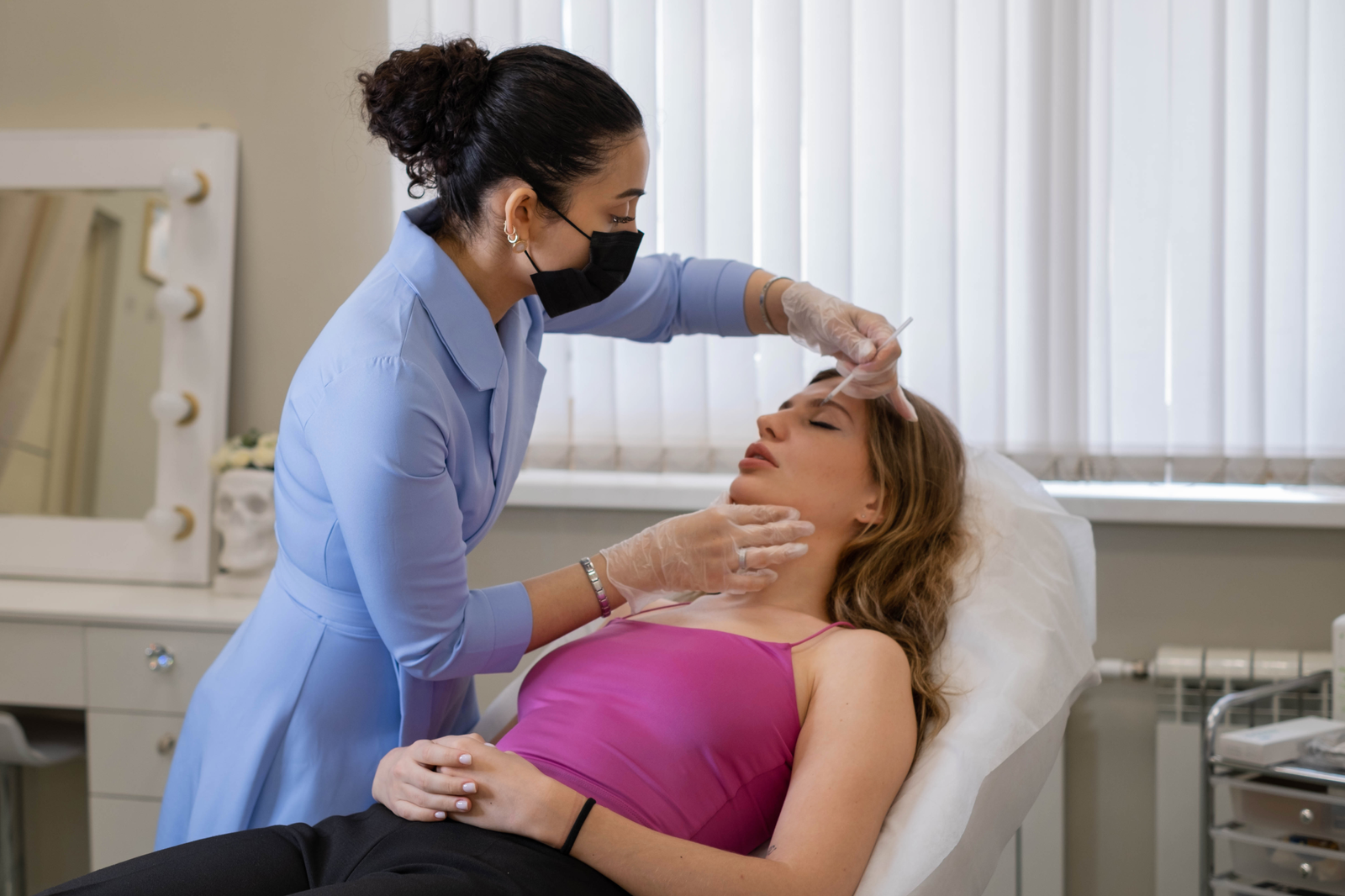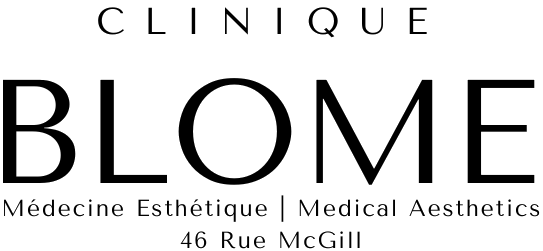Yes, there are some contraindications to filler injections. These contraindications may include a history of allergic reactions to injectable substances, active skin infections in the treatment area, blood clotting disorders, or pregnancy or breastfeeding. It is essential to discuss your complete medical history with your injector before undergoing filler treatment to determine if you are an appropriate candidate.
No, filler injections are not right for everyone. Some people may not be candidates due to a variety of factors such as pre-existing medical conditions, allergies to filler components, or unrealistic expectations about the results. It is important to consult with your qualified healthcare professional to determine if filler injections are right for you and to discuss the treatment options that best suit your individual aesthetic needs.
Yes, like any cosmetic medical procedure, filler injections can have potential side effects. Common side effects include redness, swelling, bruising, itching, or pain at the injection site, which are usually mild and temporary. Less common side effects may include infections, lumps, or allergic reactions. It is essential to discuss potential risks with your healthcare professional before undergoing filler injections, and to follow all post-treatment instructions to minimize risks.
The number of treatment sessions with fillers depends on the individual needs of each patient as well as the type of filler used and the area treated. For some patients, a single treatment may be enough to achieve the desired results, while others may require multiple sessions to achieve optimal results. It is recommended to consult with our medical team to assess your needs and develop a personalized treatment plan tailored to your aesthetic goals.
The results of filler injections may be visible immediately after treatment, but they can also change over time. After the injection, there may be some slight swelling or bruising, but this should generally disappear within a few days following treatment. Final results can be appreciated once any swelling has gone down, which can take a few days to a few weeks depending on the individual. It is important to note that fillers provide temporary results and may require follow-up injections to maintain the results over time. It is recommended that you discuss your expectations and aftercare plan with your injector.
Dermal filler injections are generally well tolerated and minimally painful. Before treatment, a numbing cream may be applied to the area to be treated to minimize any discomfort. Additionally, many fillers also contain a local anesthetic to reduce discomfort during and after the injection. However, everyone has a different pain tolerance, so some patients may feel a slight tingling or pressure sensation during treatment. Your injector will make sure to make the experience as comfortable as possible and address any concerns you may have.
Recovery time after filler injections is typically minimal. Patients may experience some minor swelling, bruising, or redness at the injection site, but this usually resolves within a few days. It is recommended to avoid strenuous activities and makeup on the treated area for 24 hours following treatment. However, most people can resume their normal daily activities immediately after injections. Your aesthetic health professional will provide you with detailed post-treatment instructions to ensure optimal recovery.
Mainly the face but the neck, hands and buttocks are other areas where we can inject fillers.





